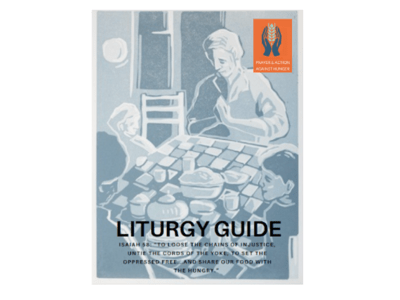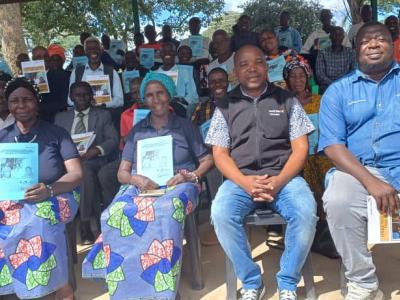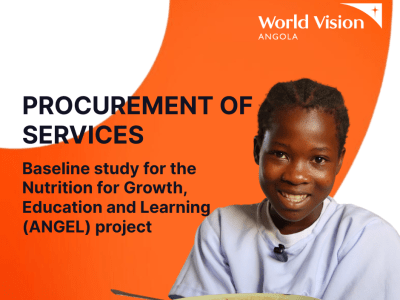publication / May 6, 2025
Grow ENRICH project: Global Programme to Improve Maternal and Child Health and Nutrition in East Africa Fact Sheet
The Grow ENRICH project aims to improve maternal and child health and nutrition in Kenya, Somalia, and Tanzania, benefiting many individuals over four years.
publication / May 6, 2025
Baseline Report for the BMZ Grow ENRICH Project, World Vision Kenya
The Baseline Report for the BMZ Grow ENRICH Project analyses maternal and child health in East Africa, highlighting key findings and recommendations for improvement.
publication / May 2, 2025
2024 Global Annual Report, World Vision International
World Vision International's annual report, highlighting the impact of our work across Fiscal year 2024.
publication / May 6, 2025
Mid-Term Update: Country Strategy 2023–2027
World Vision Cambodia Updates Country Strategy (2023–2027)
publication / May 6, 2025
Baseline Report for the BMZ Grow ENRICH Project, World Vision Somalia
The Baseline Report for the BMZ GROW ENRICH Project assesses maternal and child health in Somalia, highlighting key findings and urgent needs for health improvements.
publication / May 6, 2025
Baseline Report for the BMZ Grow ENRICH Project, World Vision Tanzania
The Baseline Report for the BMZ GROW ENRICH Project assesses maternal and child health in Tanzania, highlighting key findings and recommendations for improvement.
publication / March 28, 2025
Liturgy Guide - Weekend of Prayer & Action 2025
Liturgy Guide for WoPA 2025
article / April 15, 2025
Empowering Communities Through Citizen Voice and Action: A Path to Better Public Services in Chongwe East Area Programme
His Royal Highness Chief Bunda Bunda of the Soli people has applauded World Vision Zambia's Citizen Voice and Action (CVA) approach for transforming community engagement in Rufunsa District. Recognising the tool’s power to drive accountability and improve essential services, Chief Bunda Bunda hailed CVA as a catalyst for sustainable development in his chiefdom.
publication / April 23, 2025
Regreening Communities Supplementary Guidance Note: Fragile Contexts
World Vision's Regreening Communities Project Model addresses climate change and environmental degradation by guiding communities through a participatory environmental restoration process. A tailored set of solutions is selected by each community including scaling-up indigenous restoration practices, strengthening government partnerships for restoration, and introducing proven practices like Farmer Managed Natural Regeneration (FMNR).
publication / April 14, 2025
Baseline study for the Nutrition for Growth, Education and Learning (ANGEL) project
The study will be cross-sectional, collecting and analyzing data from key beneficiaries (students, teachers, smallholder farmers, healthcare professionals, etc.) at a specific point in time.









